Icon Saint Constantine polisher
€40,00 – €100,00Price range: €40,00 through €100,00 "without VAT"
Icon of Saint Constantine polished with handmade silk screen printing on a polished gold background in various dimensions. The image is available in various sizes, making it suitable for different spaces and preferences.
Icon of Saint Constantine polished with handmade silk screen printing on a polished gold background in various dimensions.
Celebration 21 May
Both Tarsus in Cilicia and Drepano in Bithynia are mentioned as the birthplace of Constantine the Great. However, the prevailing view is that Constantine the Great was born in Naiso in Upper Moesia (today’s Nis in Serbia). The exact year of his birth is not known, but it is believed that he was born between 272-288 AD.
In 305 AD, Constantine was at the court of Emperor Diocletian in Nicomedia, holding the rank of chiliarch. In the same year, the two Augusti, Diocletian and Maximian, resigned from their positions and retired. Constantius Chlorus in the West and Galerius in the East were promoted to the supreme rank of Augustus.
Constantius Chlorus died on July 25, 306 AD, and the army proclaimed Constantine the Great as Augustus, a decision, however, that Galerius did not accept.
After a series of various historical events, Constantine the Great clashed with Maxentius, son of Maximian, who had a strategic advantage because he commanded an army four times larger, and Constantine’s army was already exhausted.
For his part, Constantine the Great had every reason to feel restrained. He had no other choice but to invoke the power of God. He wanted to pray, to ask for help, but as the historian Eusebius recounts, he did not know which God to address. Then he mentally brought to mind all those with whom he co-governed the empire.
All of them, except for his father, believed in many gods, and all of them met a tragic end. So, he began to pray to God, raising his right hand and imploring Him to reveal Himself to him.
While he was praying, an unprecedented divine sign appeared in the sky. Around noon, or rather, towards dusk, he saw the trophy of the Cross in the sky, which read “in hoc signo vinces”. And while he was trying to understand the meaning of this mysterious spectacle, night fell upon him.
Then the Lord appeared to him in his sleep, along with the symbol of the Cross, and urged him to construct a replica of it and use it as a protective charm in battles.
Carrying the Christian banner as his flag, he begins to march towards Rome, annihilating all resistance.
The final period of Constantine the Great’s life is what establishes his reputation in the ecclesiastical consciousness and leads him to the pinnacle of his spiritual journey.
In April 337 AD, the Saint experienced the first serious symptoms of an illness. Sources inform us that Constantine the Great resorted to therapeutic baths. However, seeing his health deteriorate, he deemed it appropriate to travel to the city of Helenopolis in Bithynia, which had been named after his Holy mother.
There he remained in the church of the Martyrs, where he offered supplications and litanies to God.
Constantine the Great realized that his earthly life was nearing its end. The remembrance of death cultivated in his heart led him to the mystery of repentance and baptism.
After this, he retreated to a suburb of Nicomedia, summoned the Bishops, and addressed them with the following words: “This was the time I had long awaited, thirsted for, and wished to be deemed worthy of salvation in God.”
The time has come for us to also enjoy the immortalizing seal; the time has come to partake in the saving sealing, something I once desired to do in the waters of the Jordan, where, as tradition holds, our Savior received baptism as an example for us.
But God, who knows the interest, claims us to receive baptism here. So let there be no doubt. For even if it is still the will of the Lord of life and death that our earthly life should continue and that I should coexist with the people of God, I will frame my life by all those rules which are fitting for God.”
- 100% guaranteed transaction!
- 100% money-back guarantee!
- Immediate delivery for products in stock.
| Weight | N/A |
|---|---|
| Dimensions | N/A |
| Icon Decoration | with handmade serigraphy, with polished gold, with wood |
| Collection | Church supplies |
| Icon Type | Polisher, Serigraphy |
| Size | Big – LG, Medium – MD, Small – SM, Very small – XS |
| Material | Wooden |
| Name of Saint | Saint Constantine |
Only logged in customers who have purchased this product may leave a review.
You may also like…
Hierarchical Items
Church supplies
Church supplies
Related products
Church supplies
Church supplies
Church supplies
Church supplies
Church supplies
Church supplies
Church supplies
Church supplies




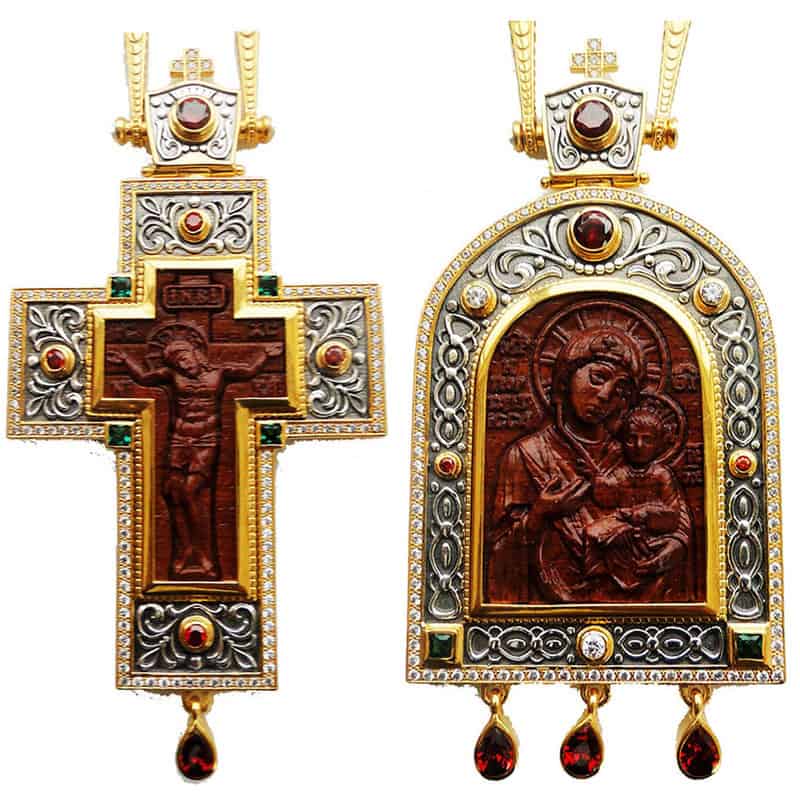
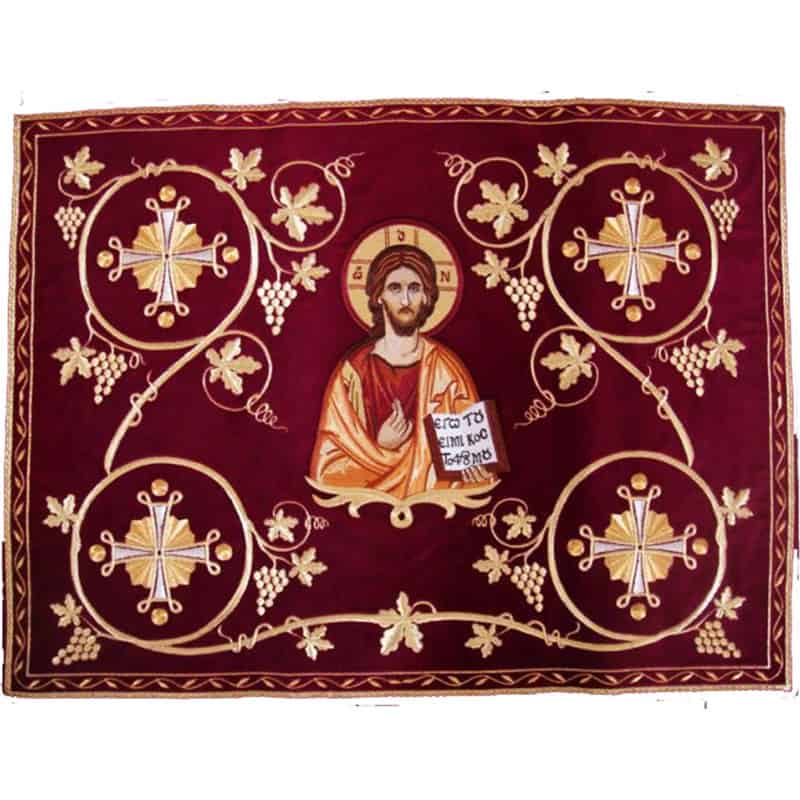



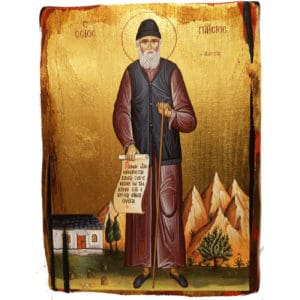
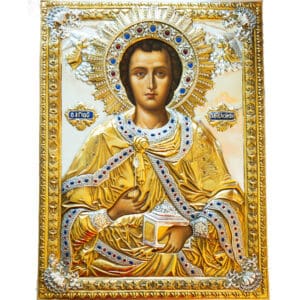


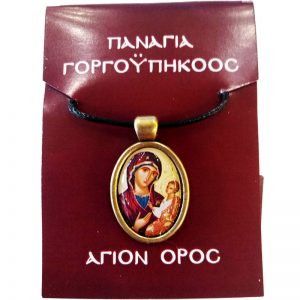
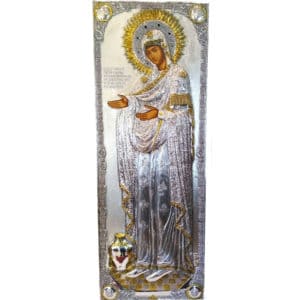
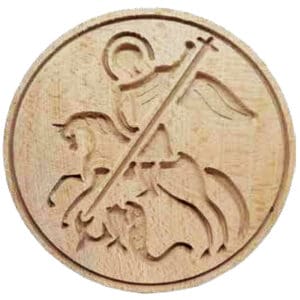

Reviews
There are no reviews yet.